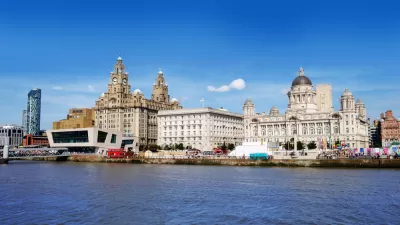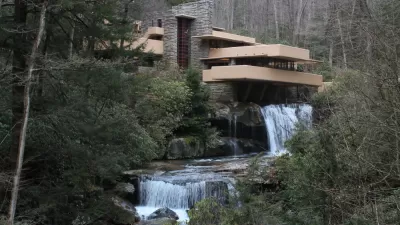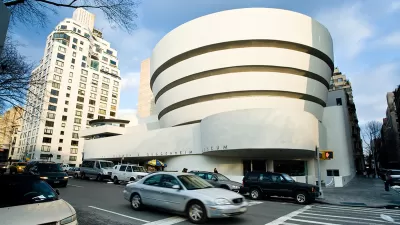The historic city of Pingyao, China, a UNESCO World Heritage Site, faces an uncertain future as it tries to find a balance between managing modern threats and petrification by preservation, as it attempts to maintain its historic character.
Debra Bruno examines the two extreme fates facing Pingyao, a 2,700-year-old village in the Shanxi province of China. One possibility allows tourists, overpopulation, pollution, rain, and dust from local coal mines to disintegrate the ancient city. The other is to preserve the town; but some are worried that preservation efforts could come off looking too perfect or even fake, as was the case with the overly restored city of Lijiang.
UNESCO, the Global Heritage Fund, the China Cultural Heritage Foundation, and the Pingyao county government have been working to define conservation and repair guidelines for the close to 4,000 Ming and Qing-era courtyard buildings inside the walled city.
Another element of the effort to maintain a living, working city is to slash the population down from 40,000 to a more fitting 20,000. But, more room for the residents would bring other complications. "'The exodus of indigenous residents and the loss of confidence in local Pingyao cultural traditions' may be the single biggest threat to Pingyao today, says UNESCO's [Dr.] Du [Xiaofan]. 'There are threats that the Pingyao could become nothing but a city full of souvenir shops, restaurants and hotels,' adds Tongji University's Shao Yong.
FULL STORY: Can an Ancient Chinese City Pursue Preservation Without Disney-fication?

Alabama: Trump Terminates Settlements for Black Communities Harmed By Raw Sewage
Trump deemed the landmark civil rights agreement “illegal DEI and environmental justice policy.”

Planetizen Federal Action Tracker
A weekly monitor of how Trump’s orders and actions are impacting planners and planning in America.

Why Should We Subsidize Public Transportation?
Many public transit agencies face financial stress due to rising costs, declining fare revenue, and declining subsidies. Transit advocates must provide a strong business case for increasing public transit funding.

Understanding Road Diets
An explainer from Momentum highlights the advantages of reducing vehicle lanes in favor of more bike, transit, and pedestrian infrastructure.

New California Law Regulates Warehouse Pollution
A new law tightens building and emissions regulations for large distribution warehouses to mitigate air pollution and traffic in surrounding communities.

Phoenix Announces Opening Date for Light Rail Extension
The South Central extension will connect South Phoenix to downtown and other major hubs starting on June 7.
Urban Design for Planners 1: Software Tools
This six-course series explores essential urban design concepts using open source software and equips planners with the tools they need to participate fully in the urban design process.
Planning for Universal Design
Learn the tools for implementing Universal Design in planning regulations.
Caltrans
Smith Gee Studio
Institute for Housing and Urban Development Studies (IHS)
City of Grandview
Harvard GSD Executive Education
Toledo-Lucas County Plan Commissions
Salt Lake City
NYU Wagner Graduate School of Public Service





























